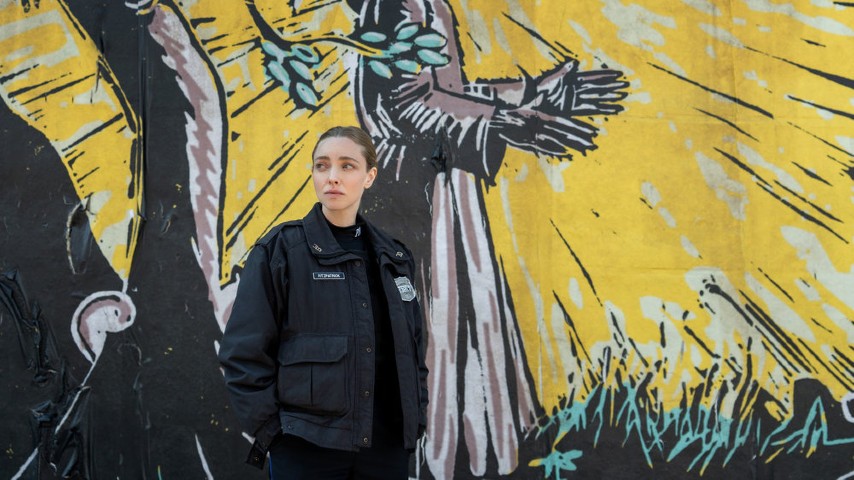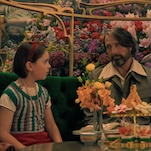A never-better Amanda Seyfried leads the deeply empathetic Long Bright River
Peacock's limited series offers a lived-in look at the human cost of the opioid crisis.
Photo: David Holloway/PEACOCK
At first glance, Long Bright River, Peacock’s adaptation of Liz Moore’s bestselling novel of the same name, begins like any other cozy, small-town police procedural: A down-on-her-luck cop, while struggling to keep her life from falling apart, gets pulled into investigating a series of suspicious homicides that are inevitably linked to her past and force her to recall everything she has ever learned on the job. But over the course of eight episodes, the crime thriller, like its source material, gradually evolves from a potentially cliché murder mystery into a deeply empathetic look at the human cost of the opioid crisis—and the pervasive systemic issues that allow those marginalized addicts and their loved ones to fall through the cracks.
Adapted for television by Moore and Nikki Toscano, the limited series follows Michaela “Mickey” Fitzpatrick (Amanda Seyfried), a Philadelphia police officer and single mother to a dyslexic young son (played by an equal parts heartwarming and heartbreaking Callum Vinson) who spends her days wearily patrolling the hard-hit neighborhood of Kensington. Mickey has a personal stake in the community: Not only did she grow up in the area, but she has learned to pay close attention to the particular dangers that addicts and sex workers face on the street because of her own sister, Kacey (Ashleigh Cummings), who has been in and out of rehab and living amongst illegal activity for most of her young adult life. When a series of murders—disguised as probable overdoses—begins in the neighborhood, Mickey takes it upon herself to investigate a potential serial killer, believing that her investigation will lead her to her sister, who has been missing for more than a month.
Since bursting onto the scene more than two decades ago in Mean Girls, Seyfried has become one of Hollywood’s most reliable supporting actors. But with her Emmy- and Golden Globe-winning portrayal of disgraced Theranos founder Elizabeth Holmes in The Dropout and now an outstanding turn as a hardened cop in Long Bright River, Seyfried’s seamless transition to leading lady is indicative of an actor working in her prime.
Seyfried masterfully embodies all of her character’s many overlapping identities—selfless mother, overbearing granddaughter, top cop, unhealed sexual-abuse survivor—and the many contradictions that make Mickey such a compelling protagonist to watch. Mickey insists on taking a more compassionate approach to confronting members of her community who find themselves on the wrong side of the law, but she doesn’t always extend that same kindness to her younger sister. Her rational thinking, more often than not, gives way to impulsive decision-making, which threatens to blow up her personal life. She insists that she does not need anyone else to solve her mystery, but she is the one who initiates a reunion and alliance with her former mentor and partner, Truman (Nicholas Pinnock), with whom she strikes up an endearing, will-they/won’t-they romance.








































